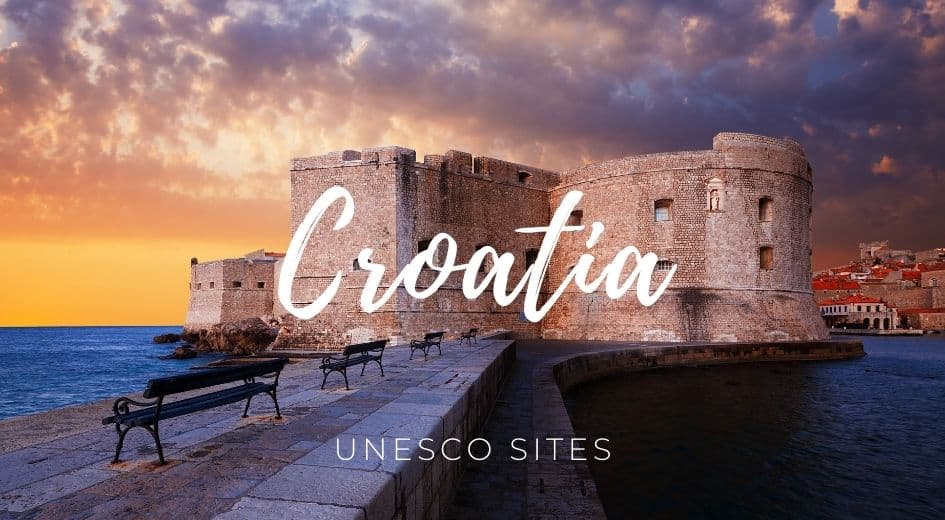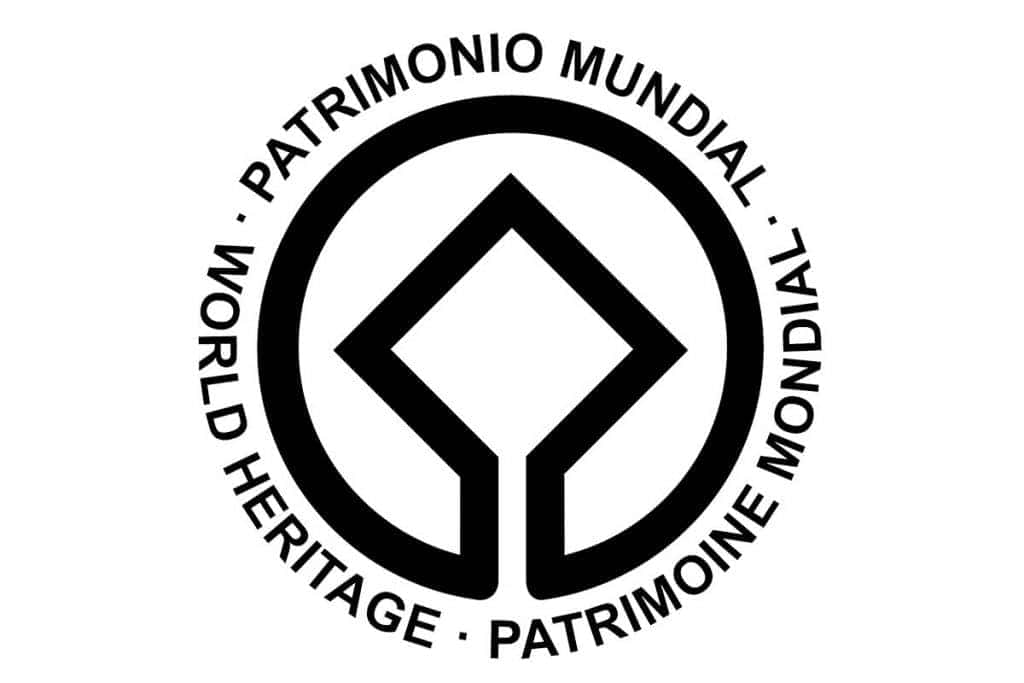Table of Contents


Croatia UNESCO has registered 10 sites on the World Heritage list and 15 on the tentative list.
Some places are so interesting that it’s relevant to keep them for future generations. This is why UNESCO has built a list of crucial classified properties in which superb places stand out for their aesthetic, natural, artistic, or cultural significance.
More than a thousand places are registered as Unesco’s World Heritage worldwide. Due to my interest in visiting World Heritage sites, I compiled the UNESCO list in Croatia and the corresponding map.
Croatia UNESCO list
- Episcopal Complex of the Euphrasian Basilica in the Historic Centre of Poreč
- Historic City of Trogir
- Historical Complex of Split with the Palace of Diocletian
- Old City of Dubrovnik
- Stari Grad Plain
- Stećci Medieval Tombstone Graveyards
- The Cathedral of St James in Šibenik
- Venetian Works of Defence between the 16th and 17th Centuries: Stato da Terra – Western Stato da Mar
- Ancient and Primeval Beech Forests of the Carpathians and Other Regions of Europe
- Plitvice Lakes National Park
Croatia UNESCO Map
Click on the blue pins to view more relevant information about each World Heritage site in Croatia.
Description
- Episcopal Complex of the Euphrasian Basilica in the Historic Centre of Poreč – a collection of historic landmarks that date back to the 6th century, including a basilica, a baptistery, and a palace.
- Historic City of Trogir is a well-preserved historic town with stunning architecture and cultural landmarks, including churches, palaces, and fortifications.
- Historical Complex of Split with the Palace of Diocletian – a collection of historic landmarks and buildings that date back to the Roman era, including a palace, a temple, and a mausoleum.
- Old City of Dubrovnik is a well-preserved historic city with stunning architecture and cultural landmarks, including churches, palaces, and fortifications.
- Stari Grad Plain – a well-preserved agricultural landscape that has remained unchanged for over 2,000 years and features unique cultural and historical significance.
- Stećci Medieval Tombstone Graveyards – a collection of medieval tombstones that date back to the 12th century and are known for their unique artistic and cultural significance.
- The Cathedral of St James in Šibenik – a well-preserved Gothic-Renaissance cathedral that dates back to the 15th century and is known for its unique architectural and artistic features.
- Venetian Works of Defence between the 16th and 17th Centuries: Stato da Terra – Western Stato da Mar – a collection of historic fortifications and defensive structures built by the Venetian Republic to protect its territories.
- Ancient and Primeval Beech Forests of the Carpathians and Other Regions of Europe – a collection of forests that have remained largely untouched for thousands of years, representing the continent’s primeval beech ecosystems.
- Plitvice Lakes National Park – a stunning natural landscape with interconnected lakes, waterfalls, and a diverse range of plant and animal species.
UNESCO World Heritage Sites in Croatia have protected places for their cultural and natural importance.
Sites on the Tentative List
- Zadar – Episcopal complex
- Historical-town planning ensemble of Ston with Mali Ston, connecting walls, the Mali Ston Bay nature reserve, Stonsko Polje and the salt pans
- Historical-Town Planning Ensemble Tvrda (Fort) in Osijek
- Varazdin – Historic Nucleus and Old Town (the Castle)
- Burg – Castle of Veliki Tabor
- Lonjsko Polje Nature Park
- Velebit Mountain
- Diocletian’s Palace and the Historical Nucleus of Split (extension)
- Lubenice
- Primošten Vineyards
- Hermitage Blaca
- City of Motovun
- The historic town of Korčula
- Kornati National Park and Telašćica Nature Park
- Frontiers of the Roman Empire – The Danube Limes


